Peanut butter’s biggest rival is said to be healthier. Here’s the deal with both nut butters to help set the record straight.
Peanut butter was (and still is) the predominant nut butter in America, making up 78% of the market share. But over the past couple of years, almond butter gave classic PJ brands like Jif, Skippy, and Smucker’s a run for their money. One reason being that many consider almond butter peanut butter’s healthier cousin.
But is this true? Is almond butter healthy, especially compared to conventional peanut butter?
To answer that, we’ve asked registered dietitians to give their input on these ongoing nut butter wars. We look at the macronutrient profiles of each and give a side-by-side comparison. And we talk a little bit about the actual science behind some of the health claims.
So, if you want to put the almond butter vs. peanut butter debate to rest, here are the hard facts.
Almond Butter vs. Peanut Butter
Nut butters are a source of protein, healthy, fats, fiber, and minerals. And ever since our attitude towards fatty foods took a turn, they’ve become dietary staples among health-conscious folks. But when it comes to the choice of nut butter, no two are more polarizing than almond butter and peanut butter.
When you’re trying to eat healthy or follow a diet like keto, Atkins, or Paleo, you’ll inevitably wonder which is better for you: almond butter or peanut butter.
To help you answer that, let’s look at their nutrient profile. Most of the comparison below is for a typical 2 tablespoon serving of natural or organic nut butters, meaning no added sugar or hydrogenated oils.
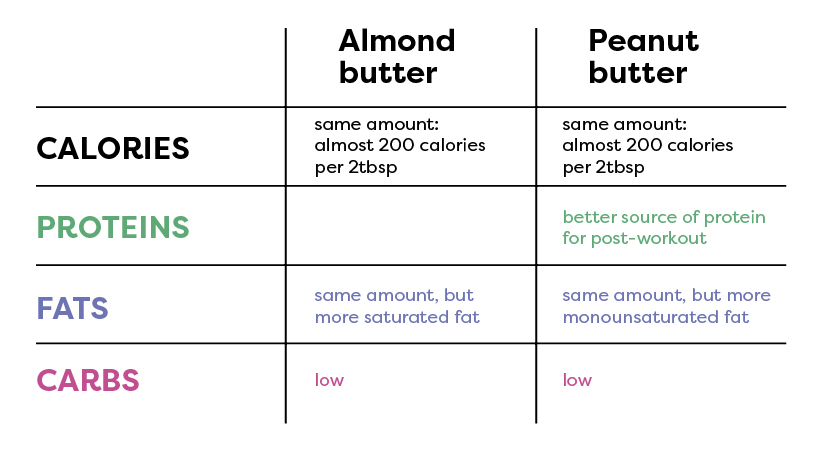
Calories
Are there more calories in almond butter than peanut butter? And is almond butter good for weight loss compared to peanut butter when looking at the calories?
Hampton Farms natural peanut butter has 190 calories and so does Heinen’s natural almond butter made with roasted almonds according to the USDA 1, 2. Looking at these two particular brands, almond butter calories are practically the same as peanut butter’s.
Most calories from both come from their fat content, then from protein, and only a little bit from carbs, which means that both are great for low-carb diets like keto or Atkins.
But isn’t almost 200 calories per just 2tbsp too much? According to research, no, it’s not. Nut calories don’t seem to contribute to weight gain even when people eat 100g of nuts and more 3. That’s because nuts (and butters made from them) are satiating, making you eat less throughout the day.
The verdict:
Both nut butters have the same amount of calories and these calories likely won’t make you gain weight.
Protein
“Both products contain a similar amount of protein (7-8g), but peanut butter has a little more (around 1g),” says Paulina Nowak, RD from Authority Dental. “I recommend that you check the label when buying – try to buy products with 100% nuts, or at least 90% if there are no others available.”
That’s because natural and organic nut butters with 100% nuts should have a little bit more protein. This usually only applies to peanut butter. Commercial peanut butters like Jif are usually 90% peanuts as required by law; the rest is hydrogenated palm oil, sugar, and salt. On the other hand, almond butter brands, like Spread The Love, are made solely with almonds. So, if you’re looking to avoid added sugar and palm oil, most organic almond butters are healthier options.
However, peanut butter does beat its rival in one aspect: protein quality. This is important to know if you’re looking for a nut butter to help with your post-workout recovery or to replace animal proteins in your diet. According to the Protein Digestibility Corrected Amino Acid Scoring (PDCAAS), peanut protein is nutritionally equivalent to that of eggs and dairy, while almond proteins seem to be of poor nutritional quality 4, 5.
The verdict:
Peanut butter is a better source of protein for post-workout recovery. Almond butter protein is ok but nothing to write home about.
Fats
And when it comes to their fat content, both nut butters share the same amount at 16-17g, meaning one isn’t fattier than the other despite what you’ve been told. And even if you go for commercial peanut butter with added hydrogenated oil (a source of saturated fat that some believe is unhealthy), the fat content remains the same 6.
However, there’s a difference in the type of natural fat these two nut butters have. According to Lisa Richards, author of The Candida Diet, “The type of fat found in these two nut butters is monounsaturated fat, which has significant health benefits including a reduction in heart disease risk. However, almond butter has a fair amount more of this healthy fat, 25 percent more than peanut butter.”
Both nut butters also contain a similar amount of polyunsaturated fats, mostly omega-6 fatty acids. These are essential fatty acids we need to obtain through diet to stay healthy. On the downside, most of us are already getting enough of this fat since it’s pretty ubiquitous, and some researchers believe too much of it causes inflammation 7.
The verdict:
Both have the same amount of fat and omega-6 fats, but almond butter is richer in heart-healthy monounsaturated fat, while commercial peanut butter has much vilified saturated fat from palm oil.
Carbohydrates
Many low-carb dieters are dying to know which nut butter has the least carbs: almond butter vs. peanut butter. Some strongly believe almond butter beats peanut butter on a low-carb diet.
According to Amanda A. Kostro Miller, RD, LDN, from Smart Healthy Living, “Peanut butter has more total carbohydrates (7.14g) than almond butter (6g). Both contain around 3g of fiber, bringing their net carb count to 4g and 3g, respectively. However, if you look at natural butters instead of commercial varieties, their carb and fiber count is identical 1, 2.
If you’re unsure and need to keep an eye on carb intake, always read the label. Depending on your carb limit, commercial peanut butters are only slightly worse than organic almond butters. For instance, Peter Pan Creamy Peanut Butter has 6g total carbs and 4g net carbs. Justin’s classic almond butter has 5g total carbs and 2g net carbs.
The difference is insignificant if you’re looking for a nut butter to meet your daily protein and fiber needs. And looking at the price (almond butter is more expensive), almond butter may not be worth it.
The verdict:
Almond butter has fewer net carbs, but peanut butter is low enough in carbs even with added sugar.
Which Is Healthier Overall?
Peanut butter or almond butter, which nut butter is the healthiest? Looking solely at macros, peanut butter and almond butter are both equally healthy. Both have plenty of protein, healthy fats, and both are low in carbs, all of which makes them filling and nutritious.
But each also has pros and cons.
| Almond butter | |
|---|---|
| Pros: | Cons: |
|
|
| Peanut butter | |
| Pros: | Cons: |
|
|
Still, when looking deeper into almond butter nutrition facts, it may beat peanut butter according to Alexandra Gregg, RD: “Basically, the short answer is both are relatively equal when it comes to macronutrients, but almond butter does boast a bit more when it comes to vitamin and mineral content. Almond butter contains about three times the amount of vitamin E, seven times the amount of calcium, and twice as much iron as peanut butter.”
Consumers are also concerned about aflatoxins in peanut butter. Aflatoxins are produced by certain strains of mold that are known to contaminate peanuts and to a lesser degree almonds. However, 25% of all crops are already contaminated with aflatoxin, so avoiding it completely isn’t practical 8. Luckily, the USDA and FDA have set a limit on how much aflatoxins food can contain, so your favorite peanut butter won’t have levels that would seriously affect your health.
All in all, both classic peanut butter and rivaling almond butter are equally healthy. Which one you should choose ends up being a matter of personal preferences. Go for almond butter if you want to have more healthy fats on your diet or peanut butter for post-workout recovery. Both are great for weight loss, but almond butter can help you keep carbs low on a keto diet or want to avoid legumes on paleo (peanuts are botanical legumes).
Takeaways
- Almond butter and peanut butter are equally healthy when it comes to macros.
- Peanut butter is a better source of quality protein and almond butter is rich in monounsaturated fats.
- You’re less likely to take in aflatoxins with almond butter than peanut butter, but their levels are generally low when companies follow government-set standards.
- The nutritional value of almond butter is greater than that of peanut butter only in regards to micronutrients.
- Choose nut butters according to personal preferences and needs.


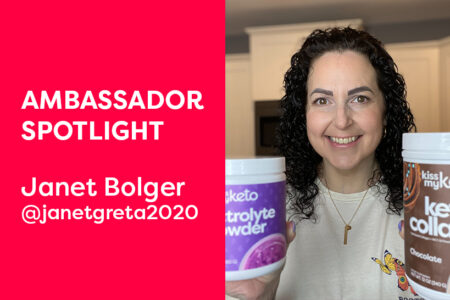

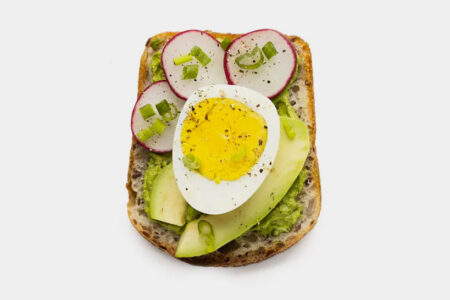
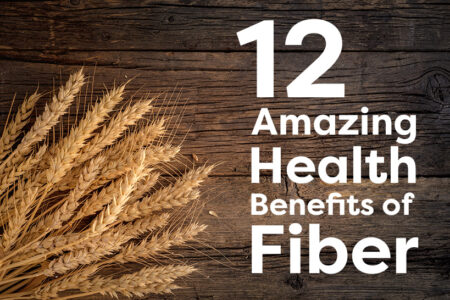


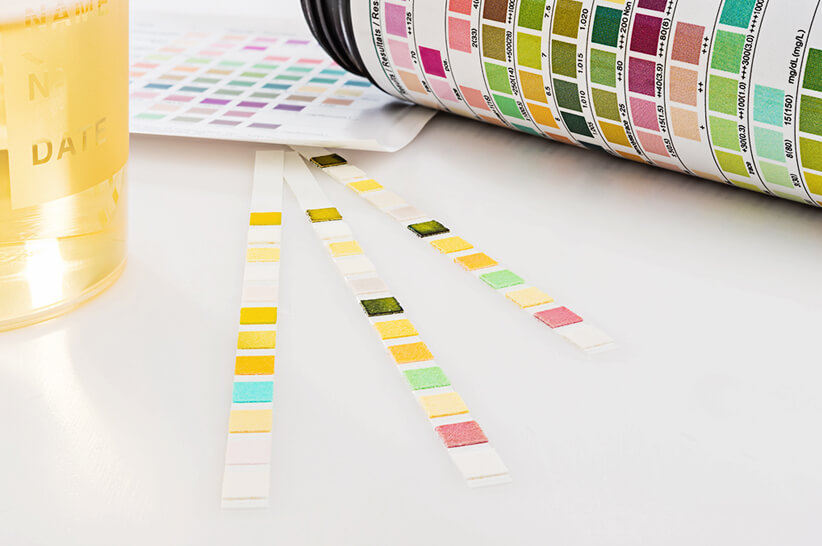
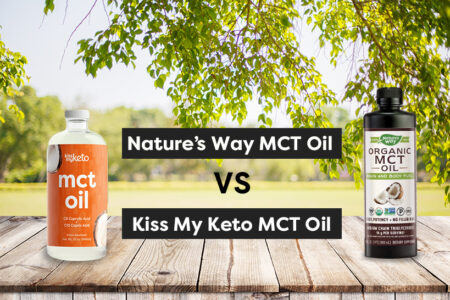
![Juicing for Weight Loss: Everything You Need to Know [Plus Recipes]](/wp-content/uploads/2019/08/Juicing-for-Weight-featured-image.jpg)

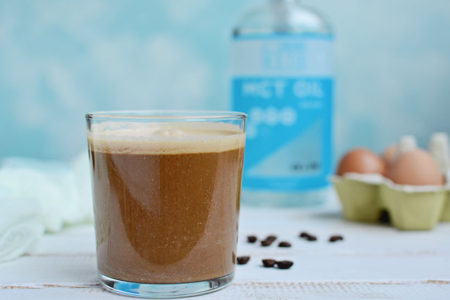

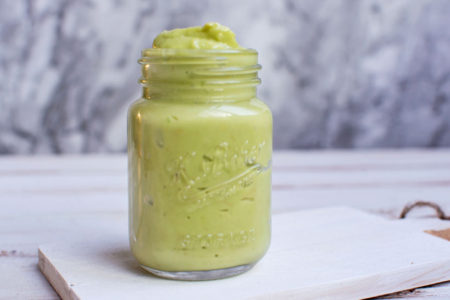


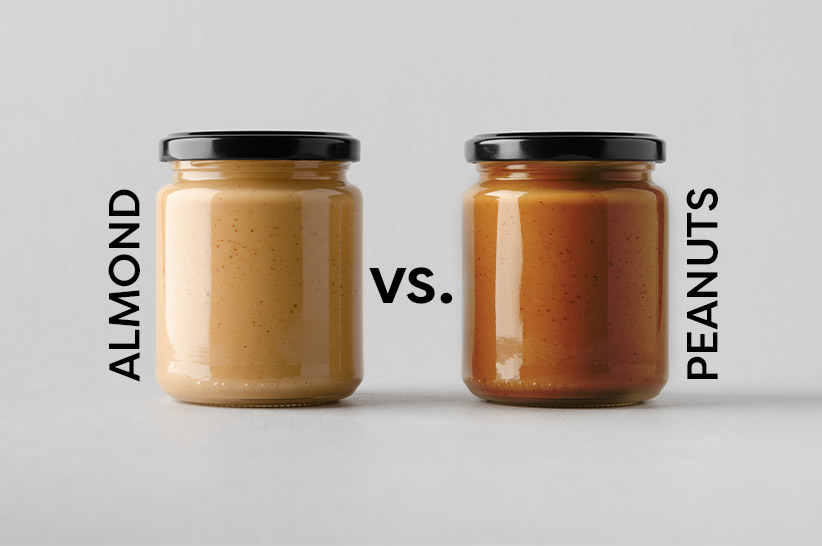
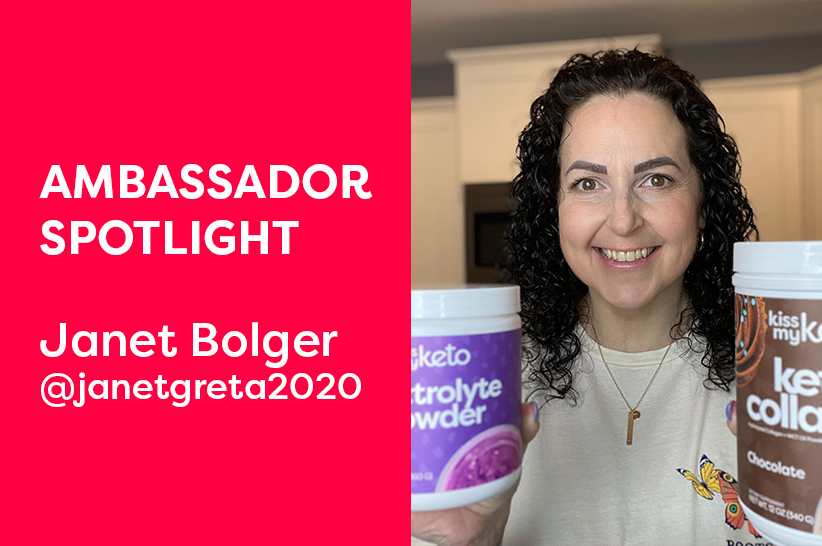

One thing to take into account is that both almonds and peanuts are very high in oxalate. If you have kidney stones (the vast majority of kidney stones are calcium-oxalate stones) or other kidney issues, almond and peanut products are something to avoid. I use sunflower seed or coconut butter.
That is true. Thank you for your comment, Karla!
Hi Sofia, I think you mixed up the fats row on the chart above. Almond butter has more unsaturated fat, whereas peanut butter has more saturated fat. If you don’t know what I’m referring to, let me know!